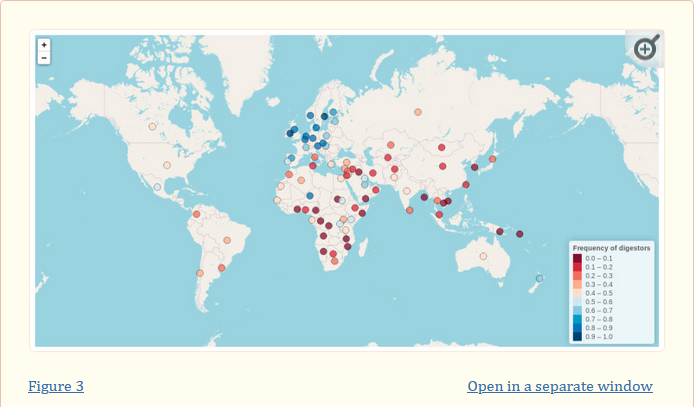Creatine doesn’t grow from the meadow and heather, but cows sure do
by SQCU
“Are God and Nature then at strife,
That Nature lends such evil dreams?
So careful of the type she seems,
So careless of the single life;”
This brings us neatly back to those genes that act as if they have more creatine than their partnered, within-organism genes, seem to be able to produce. Something is creating a high-creatine environment for humans and only humans. While humans have a varied diet and many animals which huddle both literally and in the Goffmanian sense close by our sides, for immediate argument that something is, more or less, cows. And cows to some extent appear to chemically leash the growth, health, emotional well being, and grip strength of humans!
Cows, or at least cows as a host for a collection of creatine-producing genes that can be imagined acting at cross purposes to cows as organisms, appear to be creating an unnaturally high-creatine environment through meat and dairy calories. To me, this looks like a very palpable example of an ‘ecological huddling’ or ‘sensory proximity’ of different agents with neither entirely friendly nor entirely rivalrous goals.
(An important aside: We aren’t our genes, and cows aren’t cows’ genes either. Just as humans do not want to become weaker in the upper arm or less certain in our contemplation as we eat fewer animals, cows do not want to be eaten. It is not an apology for human diet or predation patterns to sketch up a ‘metabolic ledger’ which suggests a group of human cellular genes expect the ‘products’ (carnivorous predation of the tissues containing) of cow genes. This aside itself is not meant to condemn nor approve of human predation, the LCT gene, animal suffering, or biology itself.)
The surprising intensity of creatine (in the human environment) does not, of course, need to manifest itself through a supernaturally high molecular concentration of creatine in human-domesticated animals, designated here through the metonym of cows, for there to be a dialogue between genes in two different species of organisms. Creatine, after all, is needed by humans in such an abundance that the human gut cannot absorb all of their daily needs in a single meal. This rules out genetic coalitions where one organism produces ten times the typical tissue concentration of a vital chemical to control the metabolic allowance of another organism.
This leaves relatively few options for a group of genes to be preyed-upon by a partner organism with a frequency and intensity sufficient to remain ‘huddled’ with those genes which anticipate and consume a metabolite. Smelling so good that your predator cannot help but burrow into your body and form a nest is a strong strategy here, and allows permanent rivalrous capture of your proximate organism. But bones struggle to grow as wide as tree trunks, Plantae has boviforms beat in both environmental energy capture and making enticing weird smells, and humans (for now) doggedly resist selective pressure to shrink down to the centimeter scale while still clearing entire continents of predators and sowing entire latitudes with the preferred diet of the cow.

The tentative and partial answer is milk and milk’s meat. The specifics of where milk comes from do not need to be fully described here, but the canny reader will suspect that for there to be a surplus of a mother’s milk, there must be a deficit in children surviving to weaning age. Thus a faster pace of predation and a closer ecological huddling.

Regardless. Until and without the total conquest of man by cow, it is not possible to isolate the loss of creatine transcription factors to a specific ecological interaction with a specific organism. The genes in predator and prey are ‘ecologically huddled’ the tightest after the death of the host of one gene complex, and the metabolite the gene complex supplies reaches the ‘senses’ of the predator’s cells after the metabolite-synthesizing nuclei have long stopped transcribing. Strong ecological coupling can then be expected to only furnish hazy proof of interaction, unless the ‘chemical leashing’ are so irreversible that one, or perhaps both, species are forced into a Goffmanian rivalry so extreme that extinction, speciation, or total symbiotic-parasitic capture destroys the previous ecological relationship.
This does not in my view create a nonfalsifiable hypothesis or phantasmal scenario. We really do observe dietary creatine deficiency in the human, and a surprisingly regular cadence of digested meat and dairy. We do see the annihilation of the peers and non-human predators of organisms who carry the genes that catalyze our powerful and precise movements with fist and with pen. We do see humans acting in coordinated groups, preserving and raising some cows as if they were the human group’s own children. And we do see the winnowing, extinguishing, and devouring of the others. Mild proof for a mild rivalry of mostly-‘cooperating’ agents.